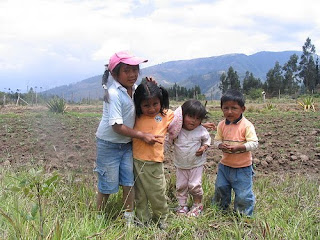by Ann Abbott Colomer, Soria Elizabeth and Linda Harklau. "Spanish Teachers as Impromptu Translators and Liaisons in New Latino Communities." Foreign Language Annals 42 (2009): 658-72. Once, right after I had given birth to my first daughter, I was at the breastfeeding clinic. Things weren't going well, I was in a panic, and I was in shock at the totally unrealistic schedule they had prescribed to "fix" things. Another nurse came in the room. I thought she was going to help me. Instead, she said, "I have a Spanish-speaking mom in the next room, and I can't communicate with her about her let-down. You teach Spanish. Can you come translate?" You think that's weird? Here's the really weird part. I did it! How many times have you been put in the position of deciding whether or not to translate for someone who really, really needs your help. You want to do the right thing. But it's not your job. You're not a translator. What...









